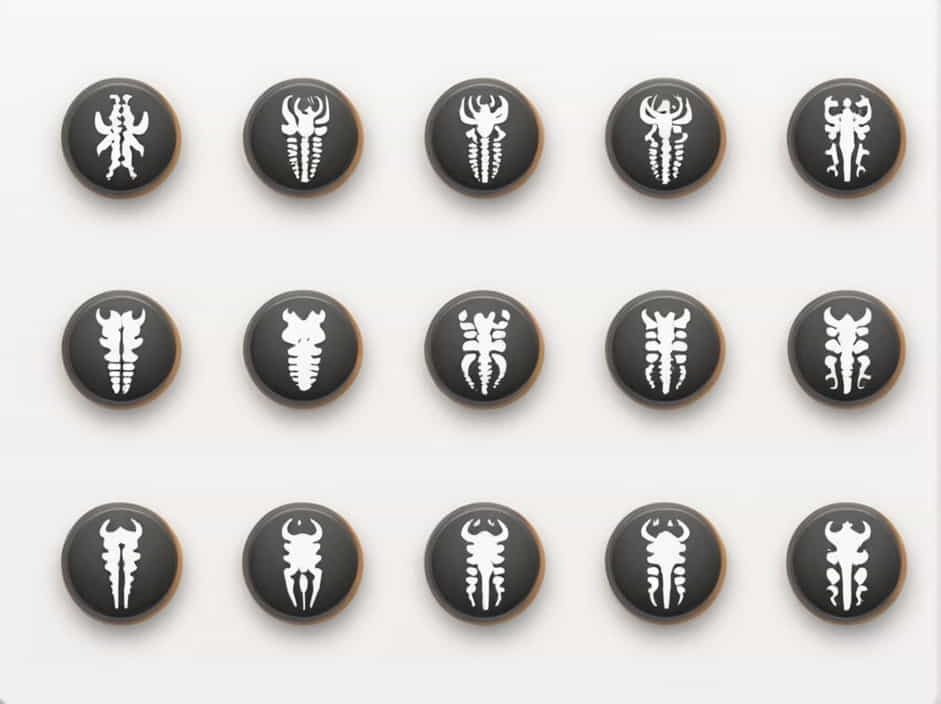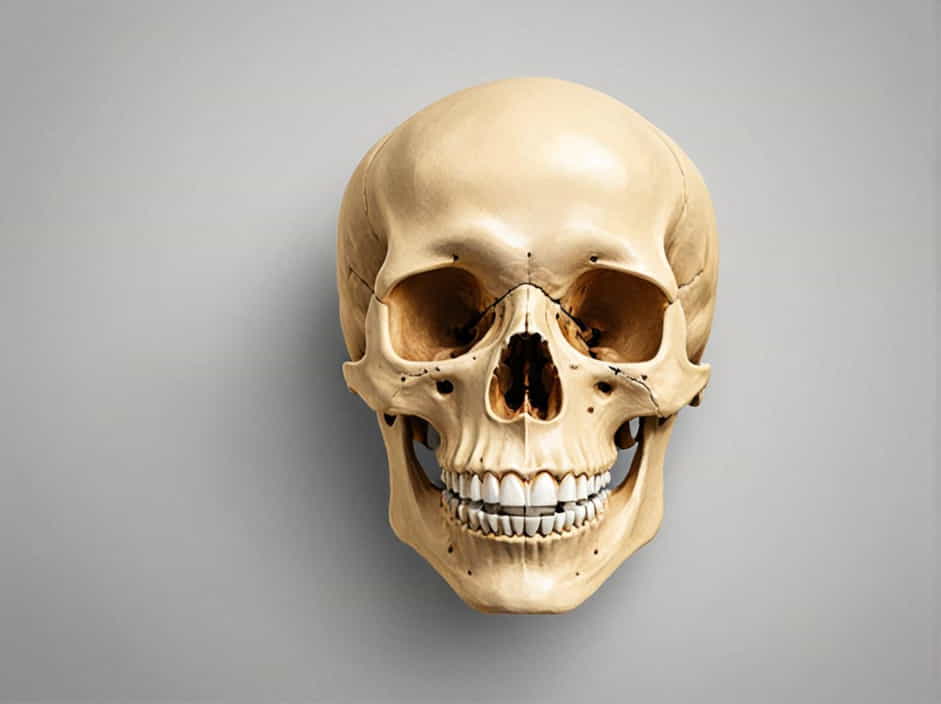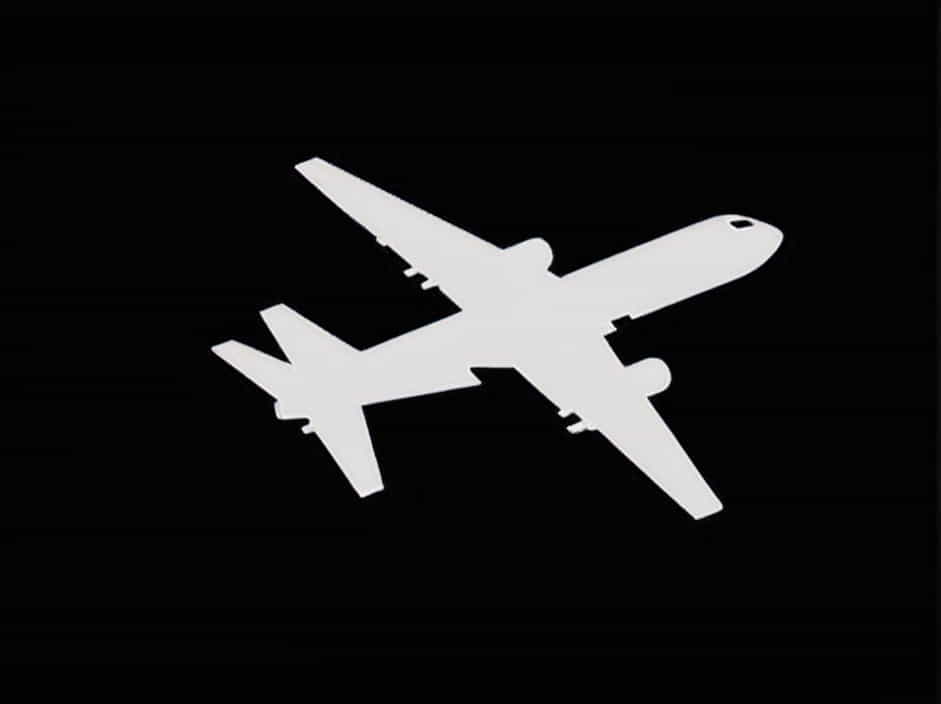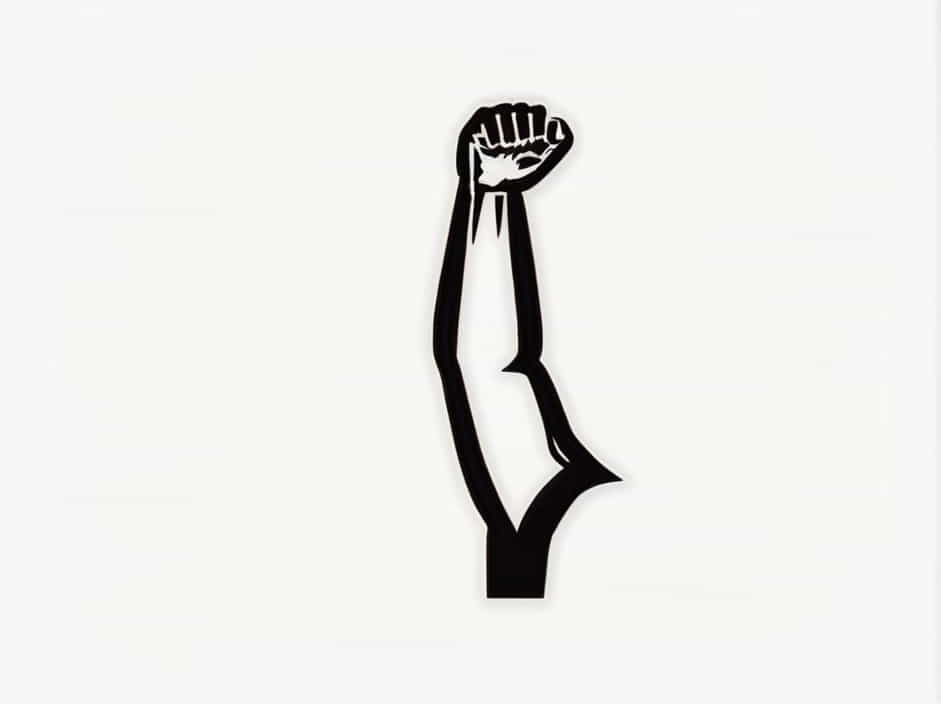Name The Uppermost Vertebrae Of Your Spine
The human spine is a complex structure that provides support, flexibility, and protection for the spinal cord. At the very top of this structure are the uppermost vertebrae, which play a crucial role in head movement and stability. These vertebrae, known as the atlas (C1) and axis (C2), form the foundation of the cervical spine … Read more









